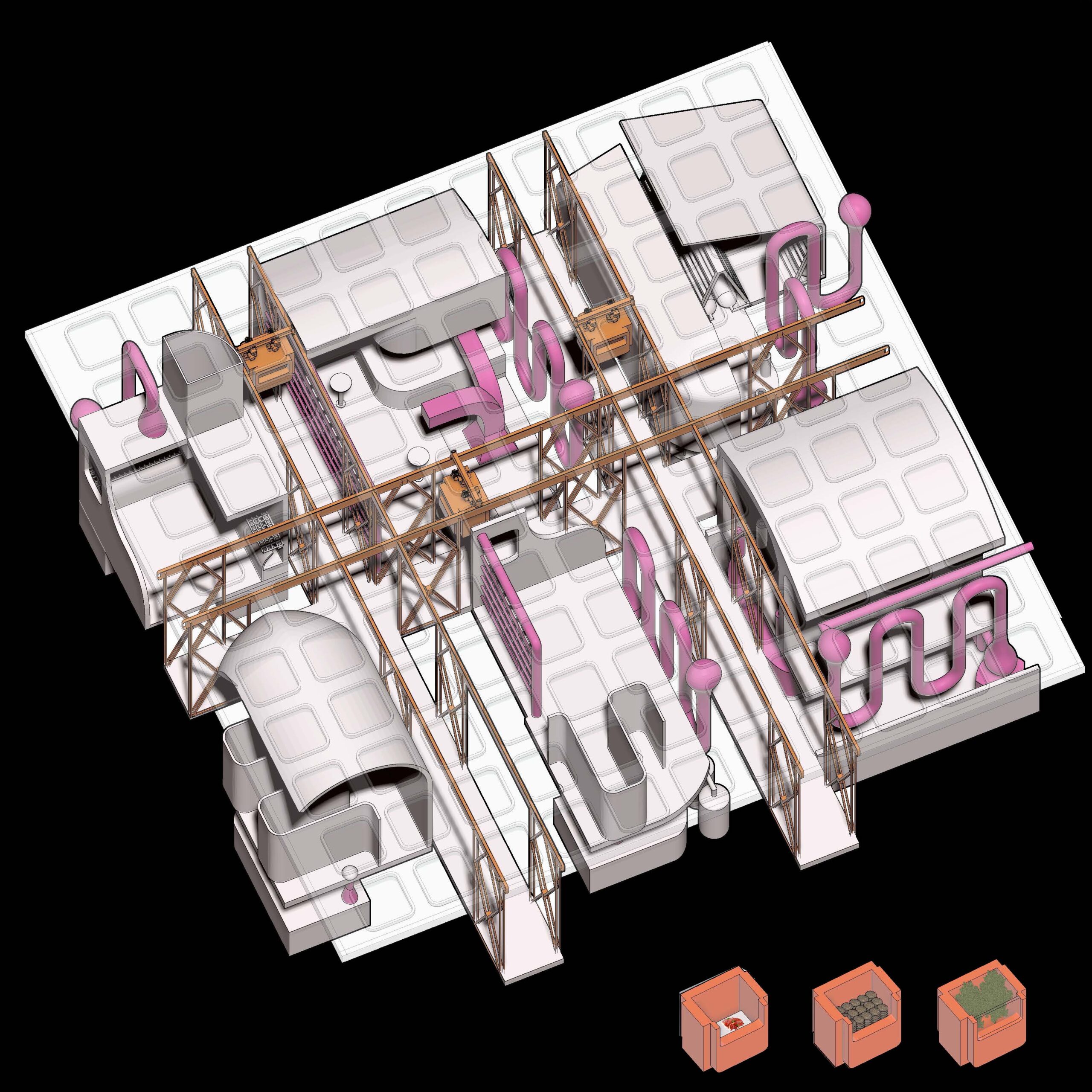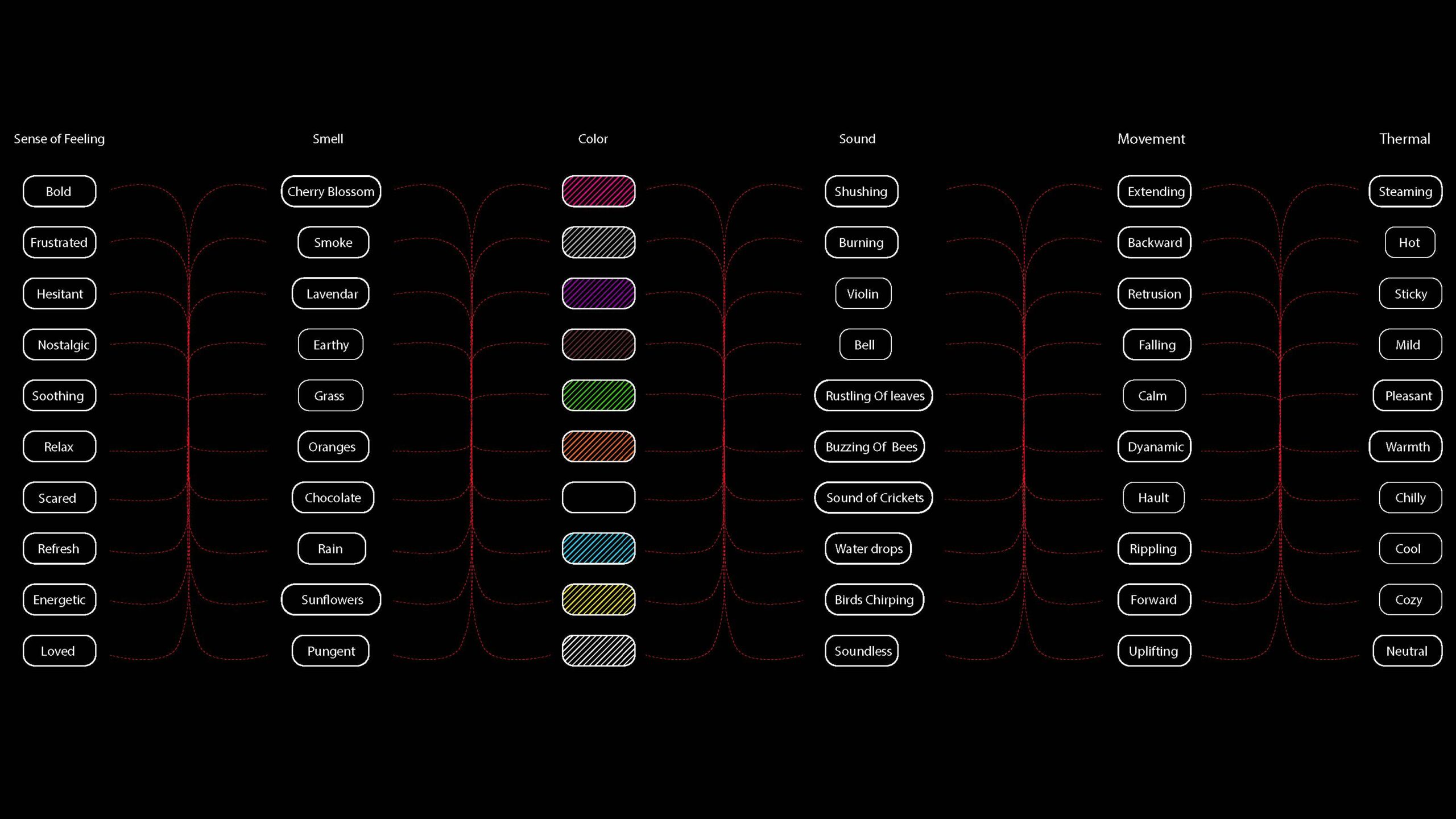Can You Smell?

Agrima Gupta, BArch ’22
School of Architecture, Undergraduate Architecture
Can You Smell? is a speculative project that forms a new media of communication through scent by utilizing gamification and a chance to translate intangible experiences into tangible spaces.
This project questions the existence of time and tries to capture the sensory exploration of places by establishing a digital network of scents that can supplement the existing world conditions.
This connection of intangible experiences translating into tangible spaces plays a key role in my project to portray individual memory as a physical format and share it with the new, future public. Along with experiential memories, there would be programs relating to other types of olfaction categories: culinary smells, urban smells, and organic smells. This gives the opportunity to include experimentation, kitchen, and greenhouse-related programs where one can experiment and create their own smells and take it home with them or share with their friends.

Rather than using ‘visual aesthetics’ to design, the project uses olfactory aesthetics, proposing architecture as a device and a new form of immersive communication medium, where the public can archive, relive, and share their memories with others.
![[image][file]3__Can_You_Smell_(Image_3)_Gupta.jpg[/file]Diagrammatic approach to categorize smells and translate the process of making smell into a spatial architecture program. Most designers when talking about aesthetics by default consider only ‘visual aesthetics’ of space, but what about olfactory aesthetics?[alt]schematic diagram of smell extraction spatially.[/alt][/image]](https://www.pratt.edu/wp-content/uploads/2022/08/3__Can_You_Smell_Image_3_Gupta.jpeg)
These senses work together as a catalyst of perception helping us to interpret our surroundings. For instance, watching rain fall provides you with the information that it is raining, but to experience rain you ought to stand under the falling droplets, hear the sound of the rain falling from the sky, and smell the scent of wet pavement. These sensory inputs create a multi-sensory experience that enables you to indulge in your surroundings.
More information on the project can be found here: https://agupta6.myportfolio.com/sublime-cultural-olfaction